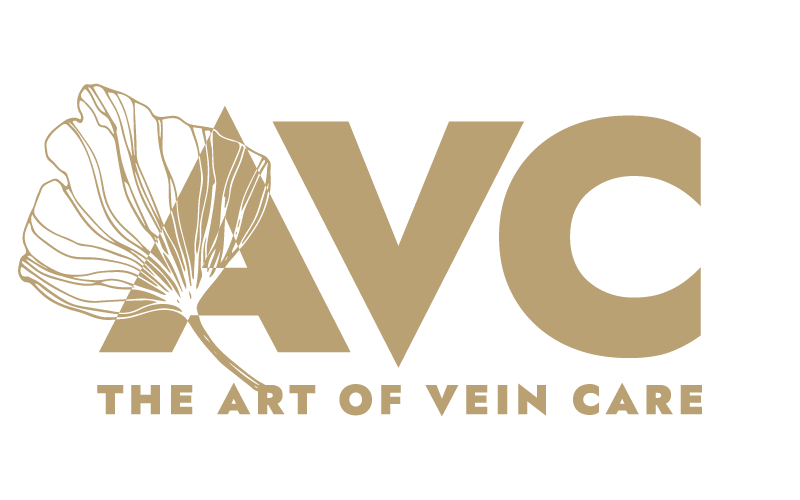Sclerotherapy for Spider Veins

What is sclerotherapy?
- Sclerotherapy is a minimally invasive procedure (injections) used for varicose veins where there is no large feeding (axial vein).
- If there is a feeding vein, then it needs to be treated and blocked off before considering sclerotherapy.
- Sclerotherapy injections can be used for spider veins (telangiectasia), varicose veins that are treated at the same time as treating the feeding veins, recurrent varicose veins (veins that have returned after surgery) and occasionally early varicose veins.
- Sclerotherapy can be done under guided ultrasound (varicose veins) or direct vision (spider veins).
What are the symptoms of varicose veins and spider veins that require sclerotherapy?
- In addition to reducing the “nuisance” factor of the appearance of varicose or spider veins, sclerotherapy can also reduce pain or side effects caused by damaged veins.
- Symptoms which are indicated for sclerotherapy include itching, pain especially after extending sitting standing, swelling and cramping in the legs, especially cramps that occur at night.
- Lipodermatosclerosis (LDS) is another late-stage problem where there is inflammation of the layer below the skin. It occurs on the inside of the lower calf. The skin becomes red and tender and hard.
The patch of skin then scars and the ankle becomes tight. It is called an “Inverted Champagne Bottle Leg”. - Untreated varicose veins can also develop a clot (superficial venous thrombosis). The vein becomes hard, red and tender.
How does sclerotherapy work?
- There are two common scleroscants that are used. They are Aethoxysclerol and Sclerovein (STS).
- These are both soap solutions and cause an irritation in the wall of the vein.
The irritation results in the inner lining sloughing away and absorbing itself. - The vein collapses down and over the following months becomes a thread of scar tissue (sclerosis) which cannot be seen.
What happens during a sclerotherapy procedure?
- The 30 minute procedure is generally done in rooms, another 30 minutes is spent with the patient’s leg/s up on a bed.
- During this procedure, a numbing cream can be applied. This will be applied an hour before your appointment and Dr Huber can provide a script that needs to be filled at a compounding chemist
What is the recovery for sclerotherapy like?
- The nurse will put compression stockings on you, and you will need to rest with the legs up for 30 mins to allow the veins time to collapse.
After your treatment make sure you walk at a moderate pace for 30-60 minutes each day. - Ideally wear the stockings 24 hours each day for 7 days.
If you are having trouble sleeping at night due to pain, it is important to take them off, but wear the stockings whenever you are out of bed. - Shower with stockings on or covered with plastic bags. These can be taped on with special plastic bags that can be used for the shower.
- If the stockings are wet then dry with a hair dryer on a cooler setting or have a second stocking.
Lie on the bed, take the wet stocking off, dry the leg and put second stocking on. - Anything that dilates the veins is an issue which is why patients should wear the stocking in the shower.
- Also avoid saunas. Swimming is OK with the stocking on.
- In many instances you may be advised not to fly for up to a month for long haul flights (more than 4 hours) or 4-5 days for shorter flights after your procedure.
What are the side effects of sclerotherapy?
- Note that there is commonly some bruising near where the injections have been done, and that spider veins may become quite dark and angry or you may notice small brown spots.
This will generally settle after a few weeks. - If there is any trapped blood it will need to be drained to prevent staining and telltale signs of this dark lines along where the veins were
- Hard, tender lumps where the veins were are common and will generally disappear in 3-6 months.
- Legs may ache for the first few days, but Paracetamol or anti-inflammatory medication such as Nurofen can be used for any discomfort, stinging or burning (which tends to settle within a day or two).
- The procedure is generally very well tolerated but there are some complications which include pigmentation, matting. Very rare complications include blood clots, ulcers and migraines.
- Sclerotherapy is best avoided during pregnancy and breastfeeding, not because of complications but because there is little information regarding birth defects and sclerotherapy. There is also no information as to whether the sclerosant is in the breast milk. The results may also not be as effective.
- Sclerotherapy concurrent with HRT appears to have minimal complication rates.
When can I expect to see results for sclerotherapy and how long will they last?
- Varicose veins generally completely disappear over 6-12 weeks.
- Spider veins will not disappear completely but will fade to be hardly visible and further treatments will further lessen their appearance.
- Optimal results can generally be seen around the 3 month mark.
